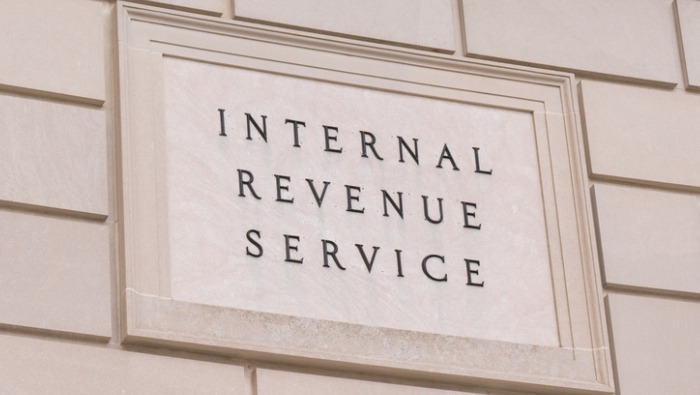During the past week, the Internal Revenue Service (IRS) issued information on tax inflation adjustments for tax year 2023. The agency also released updated information on 401(k) and IRA contribution limit amounts for the same tax year. Basically, the dollar amounts used for both the inflation adjustment and the contribution limits will increase. Earlier in August, the IRS announced 2023 Affordable Care Act (ACA) indexing adjustments when calculating affordability for employer-shared responsibility purposes.
2023 Tax Inflation Adjustments Overview
In summary, the IRS’s Revenue Procedure 2022-38 provides details about the tax year 2023 adjustments. Significantly, the 2022 Inflation Reduction Act extended energy-related tax breaks and indexed the energy-efficient commercial buildings deduction for inflation beginning with tax year 2023. For tax year 2023, the dollar value used to determine the maximum allowance of the deduction is $0.54. That amount, however, increases $0.02 for each percentage point that the total annual energy and power costs for the building reduce by more than 25 percent. The total amount of this deduction cannot exceed $1.07. The applicable dollar value used to determine the increased deduction for certain property is $2.68. That amount, however, increases $0.11 for each percentage point that the total annual energy and power costs for the building reduce by more than 25 percent. The total amount of this deduction cannot exceed $5.36.
Highlights of 2023 Tax Inflation Adjustments
At any rate, the 2023 adjustments generally apply to tax returns filed in 2024. Overall, the tax items of most significant interest to most taxpayers include the following:
- The standard deduction for married couples filing jointly rises to $27,700, up $1,800 from the prior year.
- For single taxpayers and married individuals filing separately, the standard deduction rises to $13,850, up $900.
- Heads of households will receive a standard deduction of $20,800, up $1,400 from the amount for tax year 2022.
Increase to 401(k) and IRA Contribution Limits
As has been noted, the IRS also increased 401(k) and IRA contribution limits. Additionally, the agency released technical guidance (Notice 2022-55) regarding cost‑of‑living adjustments affecting dollar limitations for retirement plans. Important information includes the following:
- The contribution limit for employees who participate in 401(k), 403(b), and most 457 plans increased to $22,500, up from $20,500. The federal government’s Thrift Savings Plan also increased the same amount. The catch-up contribution limit for employees aged 50+ who participate in these plans increased to $7,500, up from $6,500.
- Comparatively, the limit on annual contributions to an IRA increased to $6,500, up from $6,000. The IRA catch‑up contribution limit for individuals aged 50+ is not subject to a yearly adjustment and remains $1,000. Additionally, the income ranges for determining eligibility to make deductible contributions to traditional and Roth IRAs all increased for 2023.
Employer Takeaways
In conclusion, employees may want to change their 401(k) or IRA account contributions based on recent updates. The tax inflation adjustments might also trigger employees to update their tax withholding records. Employers must keep any updates or new information regarding benefit records on file as part of personnel file recordkeeping. Employers who fail to maintain proper personnel records could be subject to legal action. Also, particular state and federal laws and regulations require specific records to be kept in employee files. Such requirements would apply to all employers covered by federal anti-discrimination laws, regardless of if the employer was formally charged.

